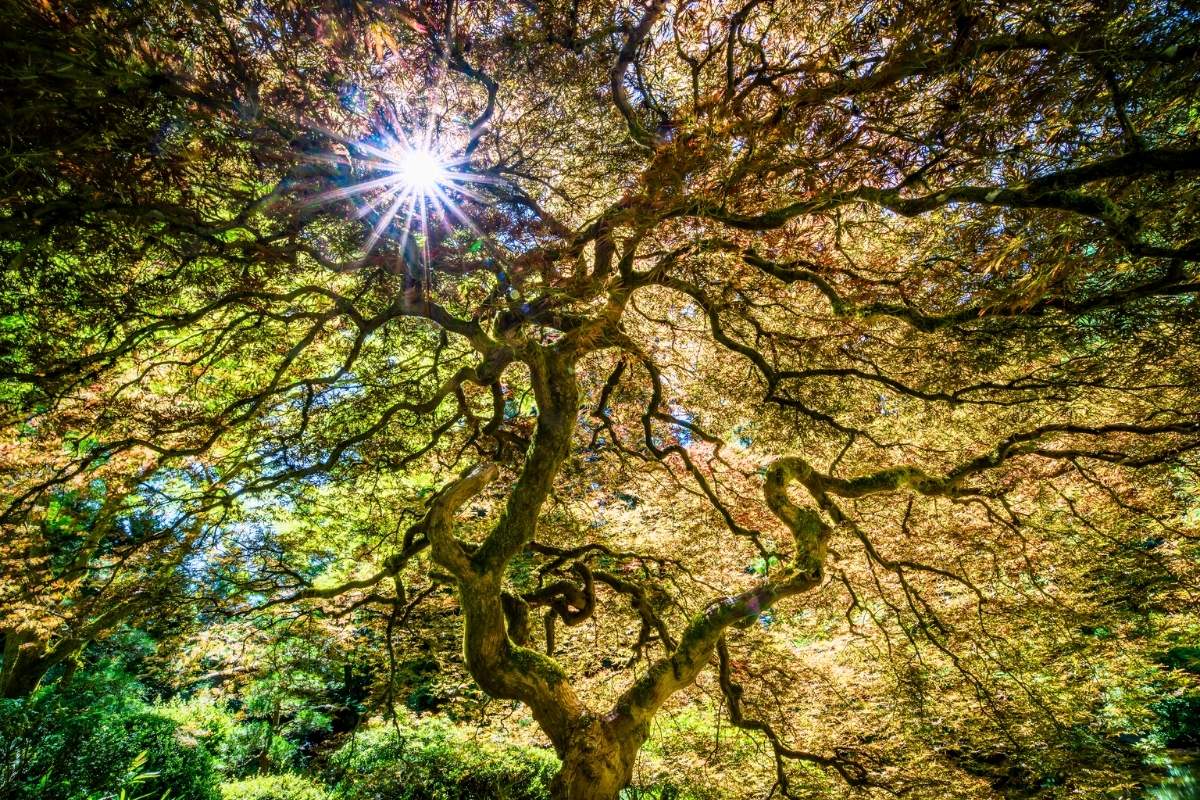If you have a dying Japanese maple tree in your garden, it can be disheartening to see it struggling. But, with the right care and attention, it is possible to revive a dying Japanese maple tree. The first step in reviving a dying Japanese maple tree is to identify the cause of its decline.
Japanese maple trees are a beautiful addition to any garden or landscape. These trees are known for their stunning foliage, which can come in a range of colors from bright red to deep purple. However, like any living thing, Japanese maple trees can become sick or even die if they are not properly cared for.
There are a number of factors that can contribute to a tree’s decline, including disease, pests, poor soil conditions, and improper watering. Once you have identified the cause of the problem, you can take steps to address it and help your tree recover. Depending on the cause of your Japanese maple tree’s decline, there are a number of strategies you can use to revive it.
For example, if your tree is suffering from a disease or pest infestation, you may need to treat it with a fungicide or insecticide. If the problem is poor soil conditions or improper watering, you may need to adjust your watering schedule or amend the soil with nutrients. By taking the right steps to care for your tree, you can help it recover and thrive once again.
Identifying the problem
Symptoms of a dying japanese maple tree
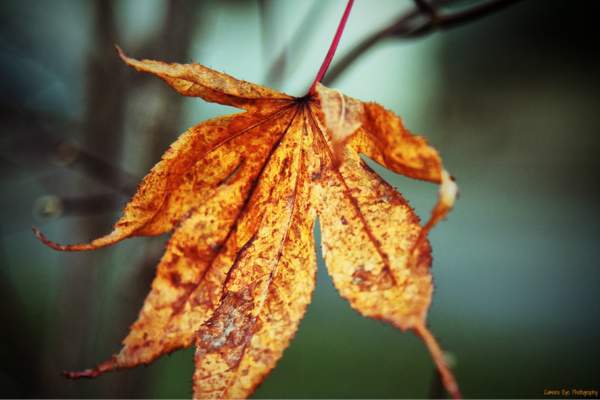
It is essential to identify the symptoms of a dying Japanese maple tree before taking any action.
Here are some telltale signs of a dying Japanese maple tree:
- Yellowing, browning, or wilting leaves that fall off the tree prematurely.
- Drooping branches or branches that have lost their elasticity.
- Cracked or peeling bark on the trunk or branches.
- Discolored or blackened roots and/or trunk.
- Stunted growth or no growth at all.
Causes of a dying japanese maple tree
Understanding the causes of a dying Japanese maple tree can help you prevent the problem from occurring in the first place.
Here are some common causes of a dying Japanese maple tree:
| Cause | Symptoms |
|---|---|
| Poor soil drainage | Root rot, yellowing leaves, wilting branches |
| Overwatering or underwatering | Yellowing leaves, wilting branches, stunted growth |
| Exposure to extreme temperatures | Wilting leaves, stunted growth, cracked bark |
| Pest infestation | Discolored leaves, holes in leaves, wilting branches |
| Disease | Discolored leaves, wilting branches, stunted growth |
Identifying the problem is the first step in reviving a dying Japanese maple tree. Once you have identified the symptoms and causes, you can take the necessary steps to save your tree.
Reviving a dying japanese maple tree
Pruning and trimming
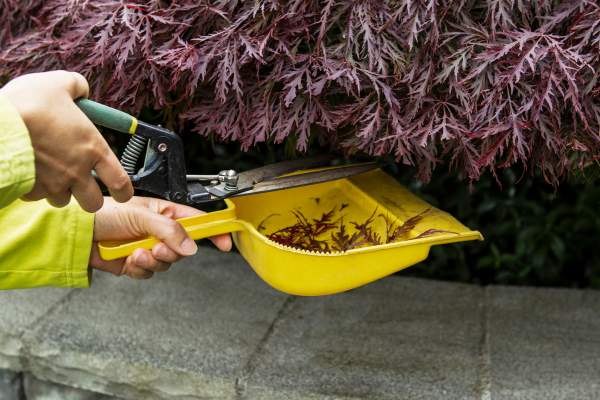
One of the first steps in reviving a dying Japanese maple tree is to prune and trim it. Use pruning shears to cut away any dead wood or branches in the fall to increase air circulation through the tree and prevent fungus from developing.
Cut the dead branch back with pruning shears to the point where you find green tissue, that is, live wood. Make sure you do not leave the dead branches lying around the tree as they can attract pests and diseases.
Watering and fertilizing
Water your Japanese maple tree deeply and regularly during the growing season. Make sure the soil is moist but not waterlogged. To prevent waterlogging, ensure that the soil has good drainage.
Fertilize your tree with a balanced fertilizer in the spring and fall. Be careful not to over-fertilize as this can burn the roots of the tree.
Pest and disease control
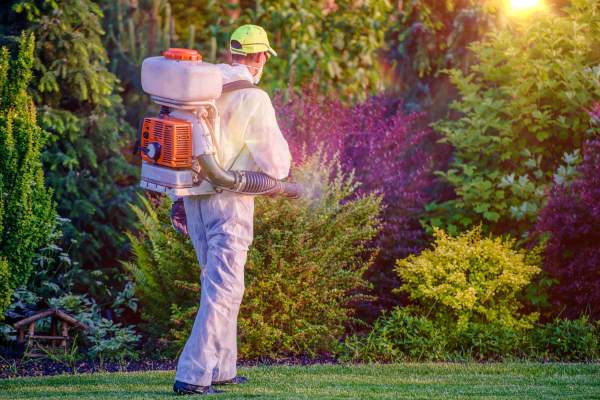
Japanese maple trees are susceptible to various pests and diseases, which can cause them to die. Keep an eye out for any signs of infestation, such as holes in the leaves, and take appropriate measures to control the pests. You can use insecticides or natural remedies such as neem oil or insecticidal soap.
Similarly, if you notice any signs of disease, such as wilting or discoloration of leaves, take immediate action to control the disease. Use fungicides or natural remedies such as copper sprays or baking soda solutions to control the disease.
Soil management
The soil in which your Japanese maple tree is growing is crucial to its health. Make sure the soil is well-draining and has good aeration.
You can improve the soil by adding organic matter such as compost or aged manure. Mulching around the base of the tree can also help retain moisture in the soil, suppress weeds, and regulate soil temperature.
Preventative measures
Regular maintenance
One of the best ways to prevent your Japanese Maple tree from dying is by providing regular maintenance. This includes watering, fertilizing, and pruning.
Water your tree regularly, especially during hot and dry weather. Fertilize your tree once a year in the spring with a balanced fertilizer. Prune your tree annually to remove dead and diseased branches.
Proper planting techniques
Planting your Japanese Maple tree correctly is crucial to its survival. Make sure to dig a hole that is twice as wide as the root ball and the same depth.
Gently loosen the roots before planting and make sure the tree is planted at the same depth it was in the container. Water the tree thoroughly after planting and add a layer of mulch around the base of the tree to retain moisture.
Choosing the right location
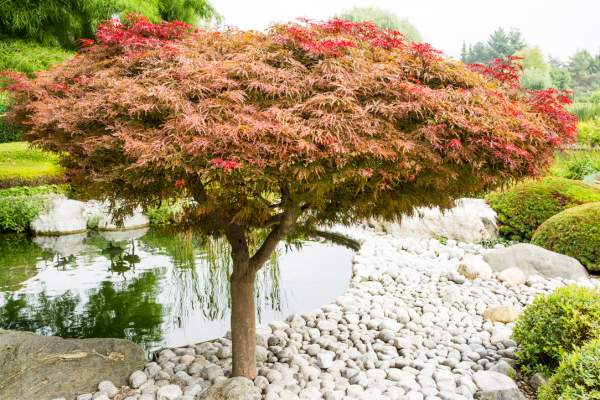
The location of your Japanese Maple tree can greatly affect its health. Choose a location that provides partial shade and protection from harsh winds.
Avoid planting your tree in areas with poor drainage or where water tends to collect. Also, make sure to avoid planting your tree too close to buildings or other trees.
Conclusion
Reviving a dying Japanese maple tree can be a challenging task, but it is not impossible. By identifying the cause of the problem and taking the necessary steps to address it, you can nurse your tree back to health and restore its beauty.
Some of the common causes of a dying Japanese maple tree include poor soil quality, lack of nutrients, pests, and diseases. To address these issues, you can try repotting the tree in nutrient-rich soil, fertilizing it, removing pests, or using a tree disease antidote.
It’s important to note that prevention is always better than cure. To keep your Japanese maple tree healthy, make sure it is planted in a suitable location with well-draining soil and adequate sunlight. Regularly inspect the tree for signs of pests or diseases and promptly address any issues that arise.
Remember, reviving a dying Japanese maple tree requires patience and persistence. It may take some time before you see any improvement, but with proper care and attention, your tree can make a full recovery and thrive for years to come.
